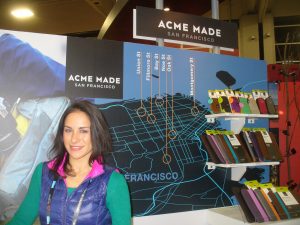It’s All in the Follow-Through
When I was a kid, my basketball coach used to tell me to follow through on shooting free throws and making basic passes. When I started playing golf, the instructor told me to be sure to follow through on my swing.
Frankly, I wasn’t impressed. My instinct was to believe that the initial movement, not the follow through, was important. Hell, the follow through had nothing to do with the original shot or pass or golf swing, so what was the point?

But have you tried to swing a golf club without doing a proper follow through? It’s like you’re doing half a swing. How do you pull up short? Even if the club swing has nothing to do with the trajectory or distance of the ball, for some reason, it does play an important part.
Same thing with your tradeshow marketing. If you don’t have a good follow through, you’re only doing half the show. And in your tradeshow efforts, it makes a bigger difference than your free throw or golf swing, because without a good follow through or follow up, you’re leaving money on the table. A LOT of money. In fact, it could be said that without a good follow up on your tradeshow marketing after the show, you might as well not go.
When I first got into the business of tradeshow marketing, the one statistic that stood out like a sore thumb was that almost 8 out of 10 tradeshow leads are NOT followed up on. That’s still pretty true. Yup, somewhere between 70 to 80% of tradeshow leads don’t get followed up on for any number of the following reasons:
- Not properly scored (cool, warm, hot), so the sales person making the call has no idea where the prospect is in the sales process.
- Incomplete contact information.
- Incomplete follow up info: what does the prospect want from the call and when does she expect the follow up?
- Lost between the show and the office.
- Sales people don’t understand the importance or urgency of the lead, so it sits on their desk for way too long until it doesn’t matter anymore.
Any of these means that money is left on the table. Follow up is simple.
And speaking of follow through / follow up: Click here to grab my Tradeshow Follow-up Checklist








